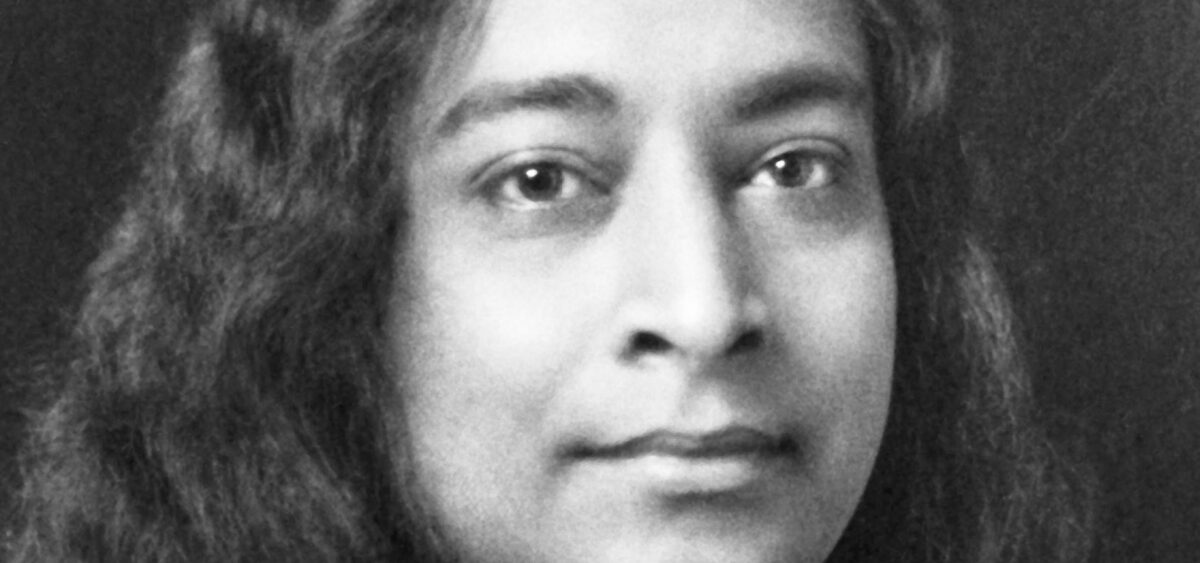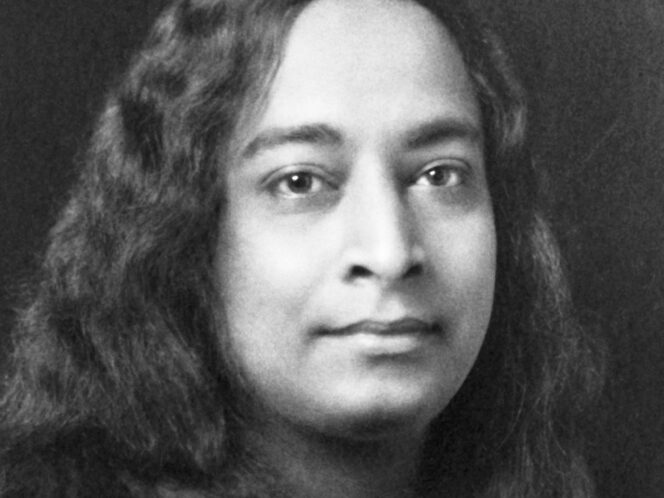Every one of us can live a better life. With peace of mind, in the rhythm of the universe, and with a sense of order. We’ve known that for the past ninety-nine years. That is, since a certain Indian monk landed in Boston and infatuated a feverish America.
The “City of Sparta” was the first ship to sail from Bombay to Boston after World War I. It left in the summer of 1920, with a cargo of jute and tea, along with sixty-one passengers. They included British students, missionaries, businessmen, tourists, two Armenians rescued from the genocide in Turkey, and eleven Hindus. One of them was a man with long hair dressed in a traditional, ochre-coloured outfit. His name, Mukunda Lal Ghosh, was entered into the passenger list along with an incorrect date of birth. At the time, he was twenty-seven, not twenty-five, as the officer had hammered out on the typewriter. The “Profession” column had quite an intriguing entry: “governing brahmin” (although he was born into the kshatriya, the military caste), and next to it a handwritten note: “professor.” One more category was also added: “English-speaking subject of the British Queen.” His nationality, “Bengali,” was crossed out and corrected to “Eastern Hindu.” The following information was also noted: “Not liberal, save in matters of religion”.









